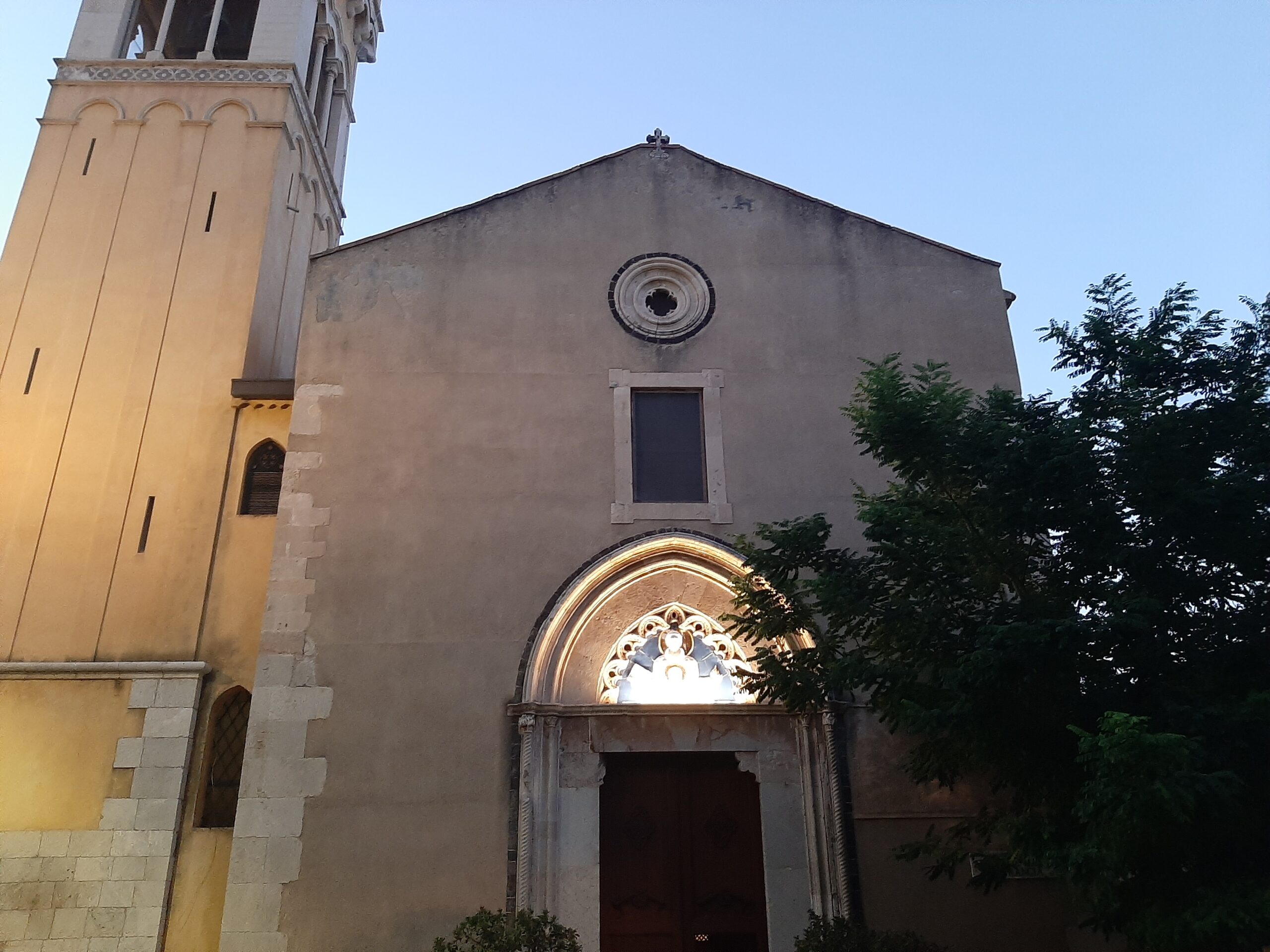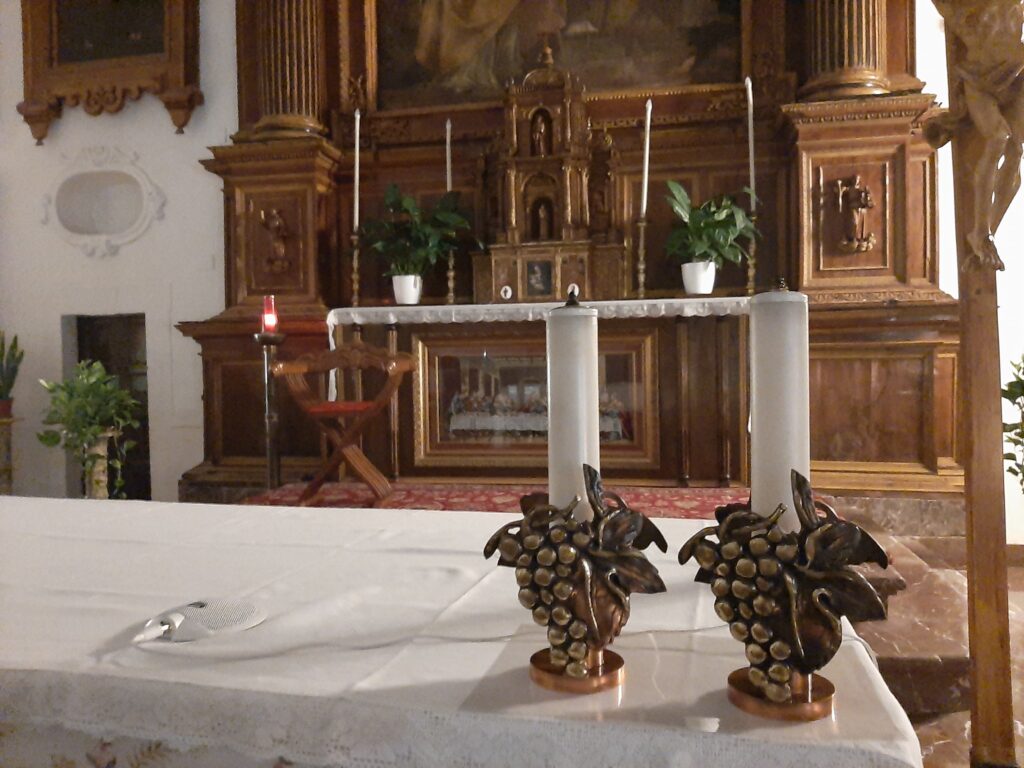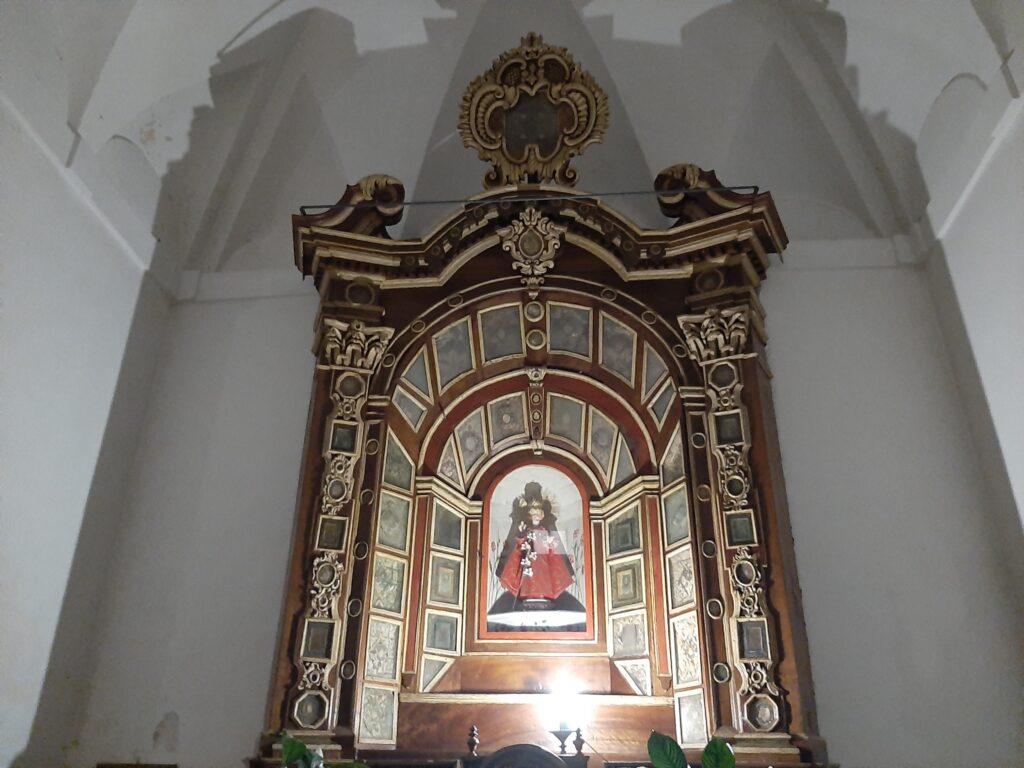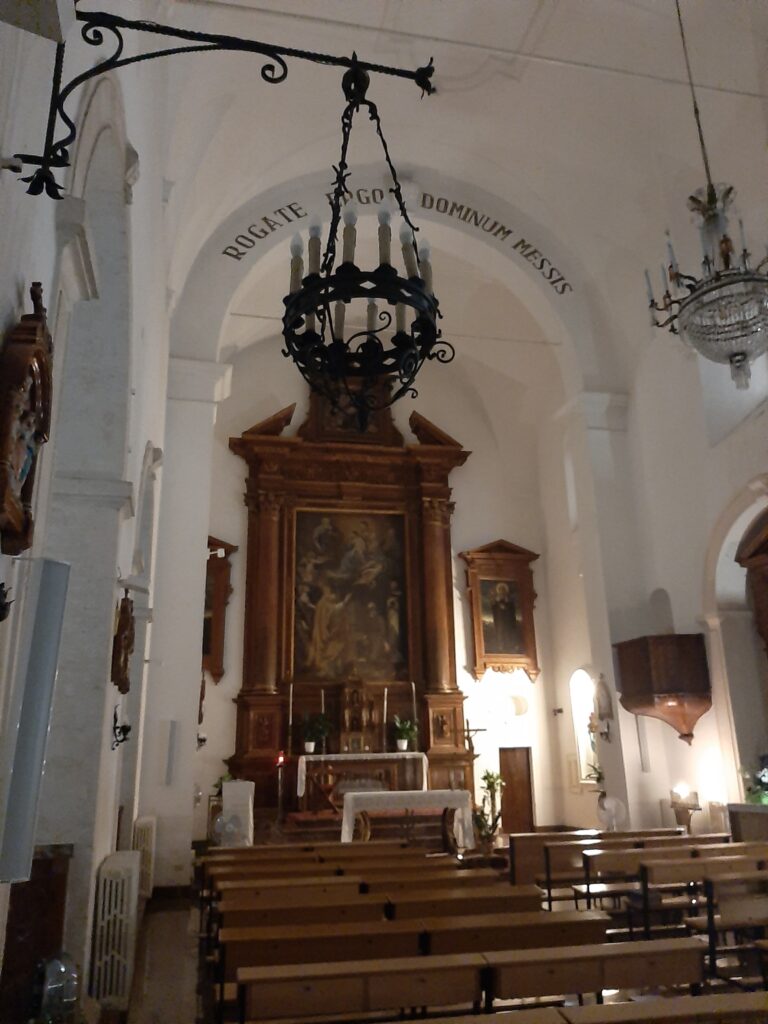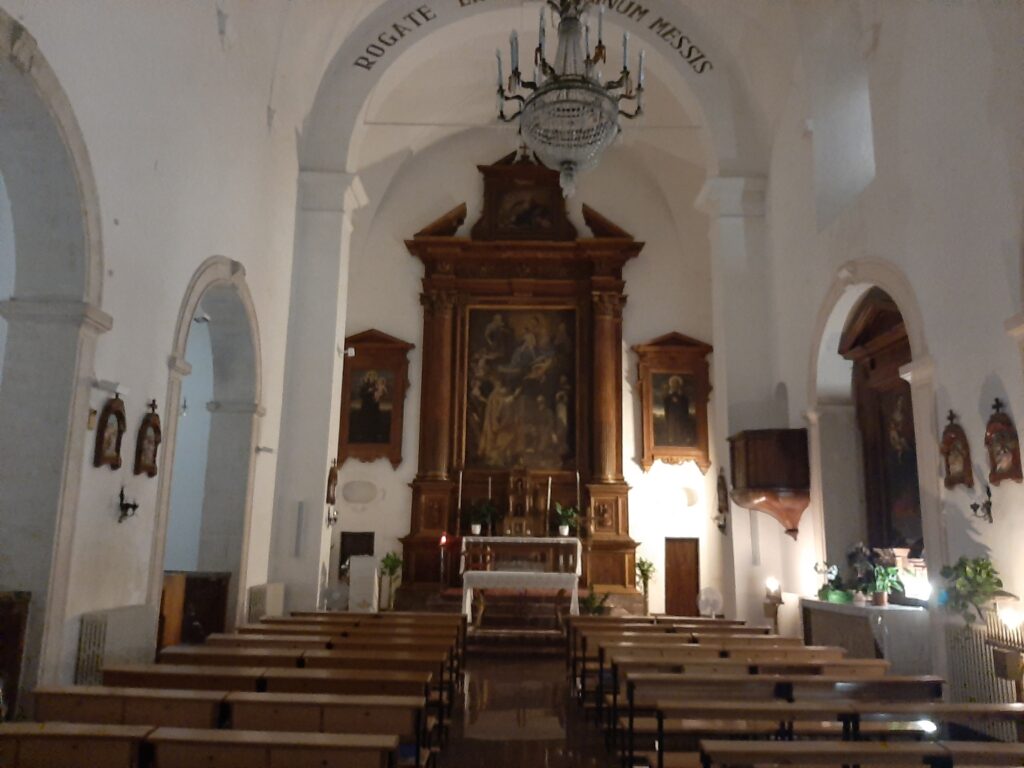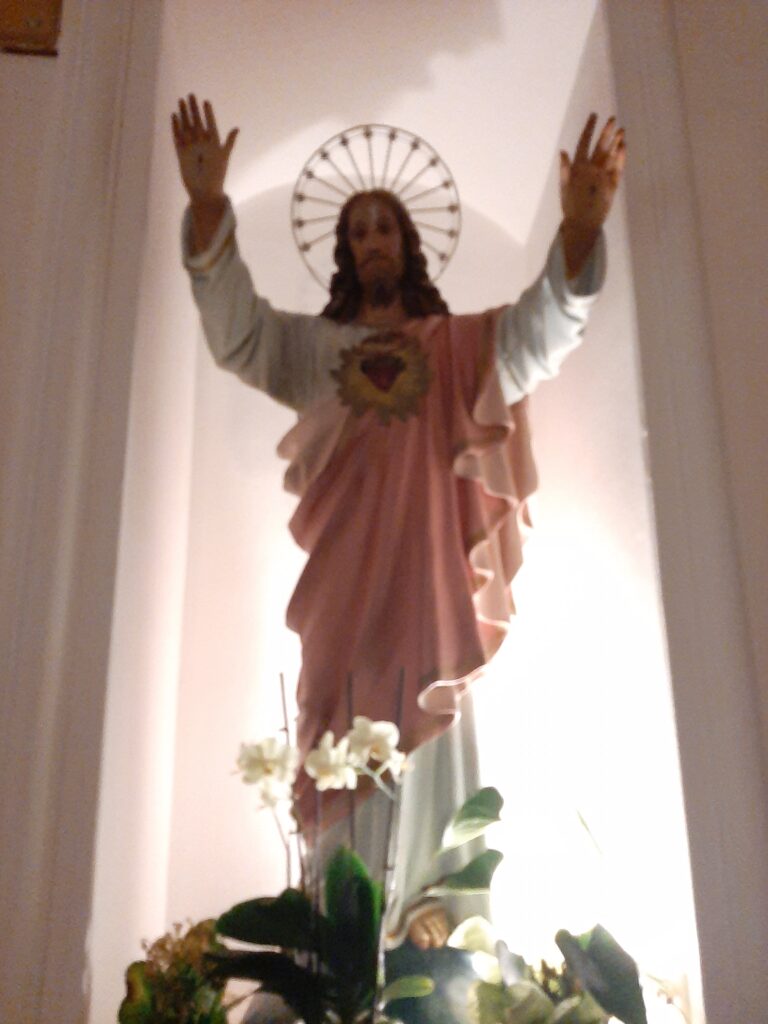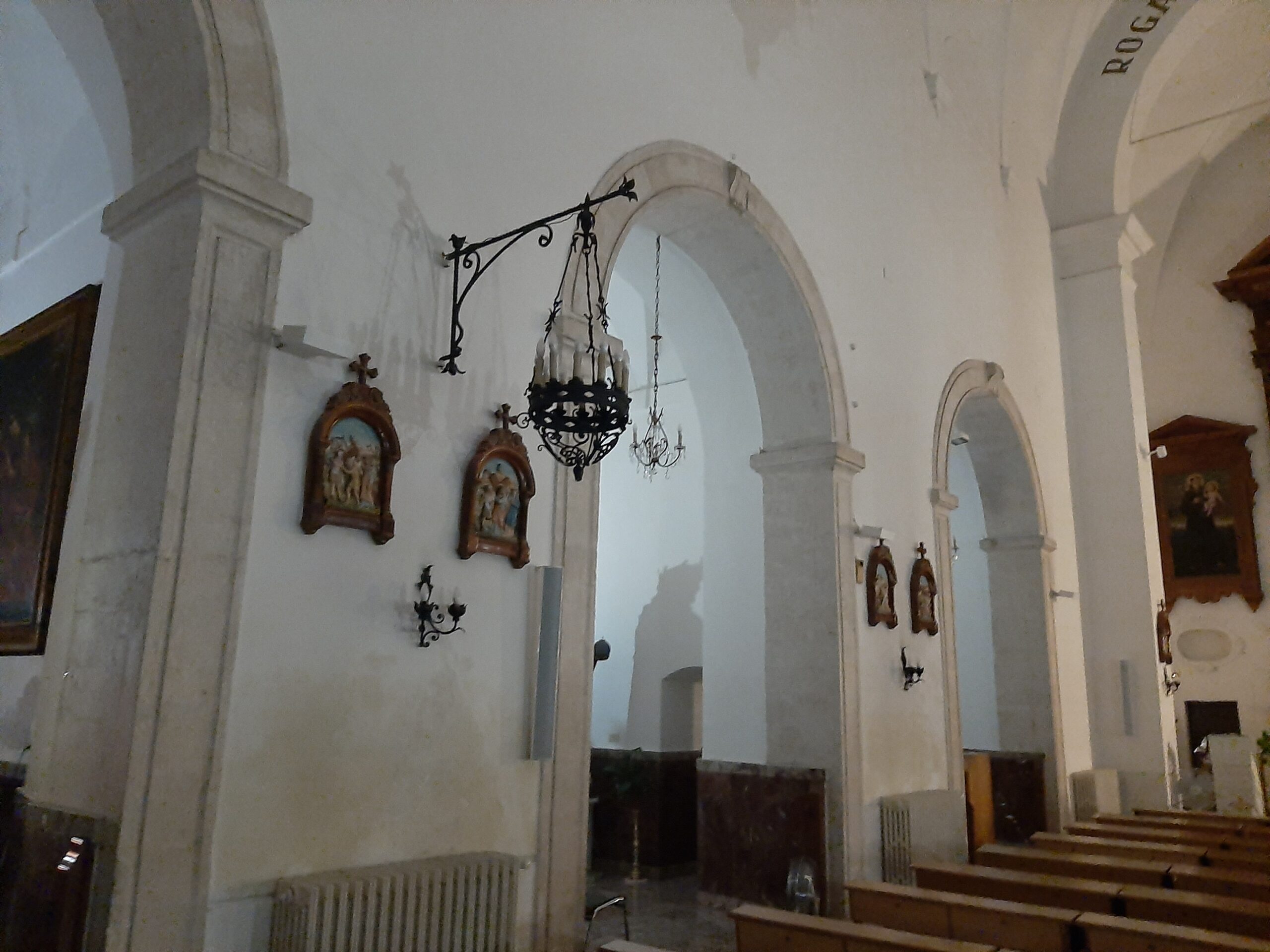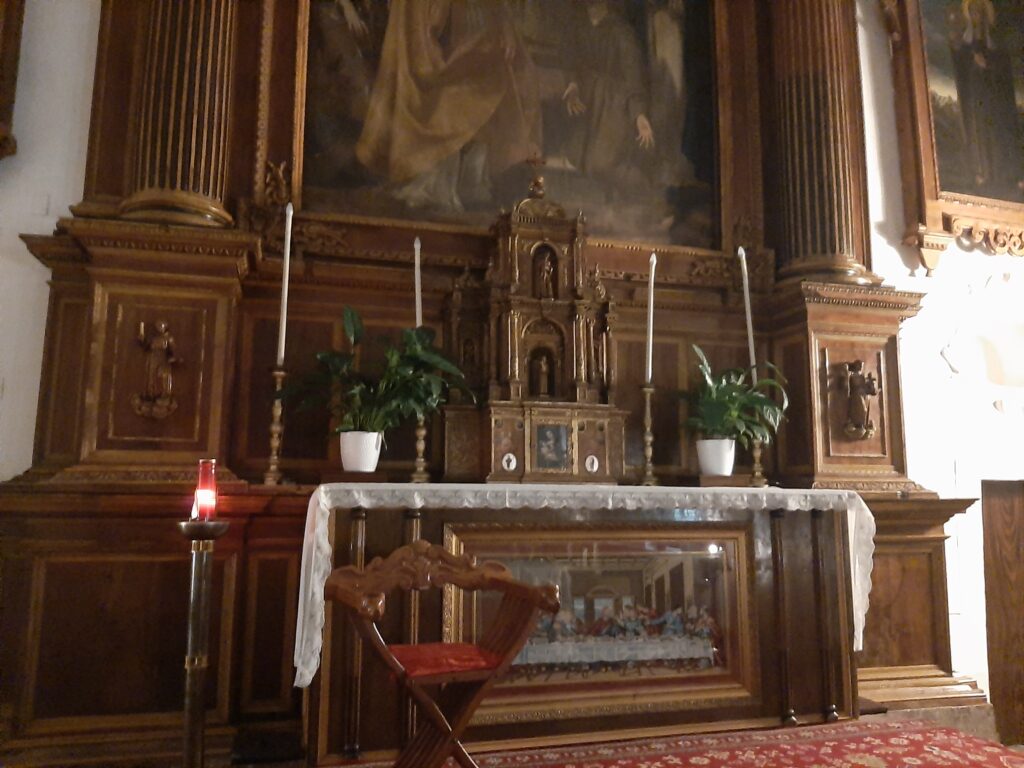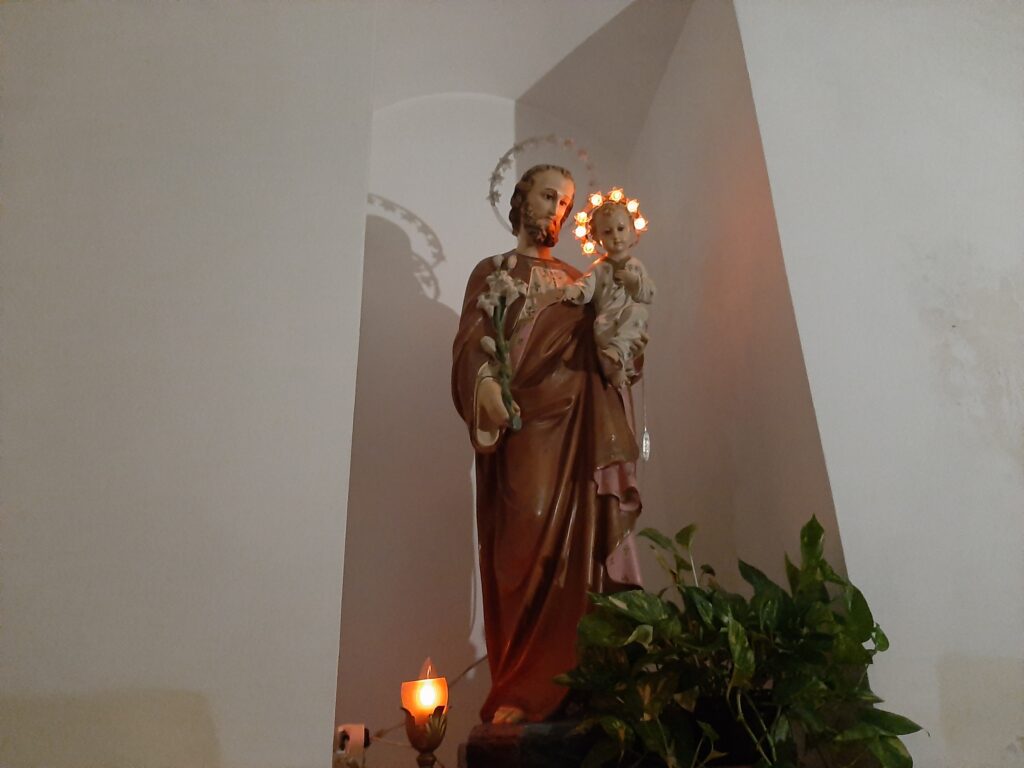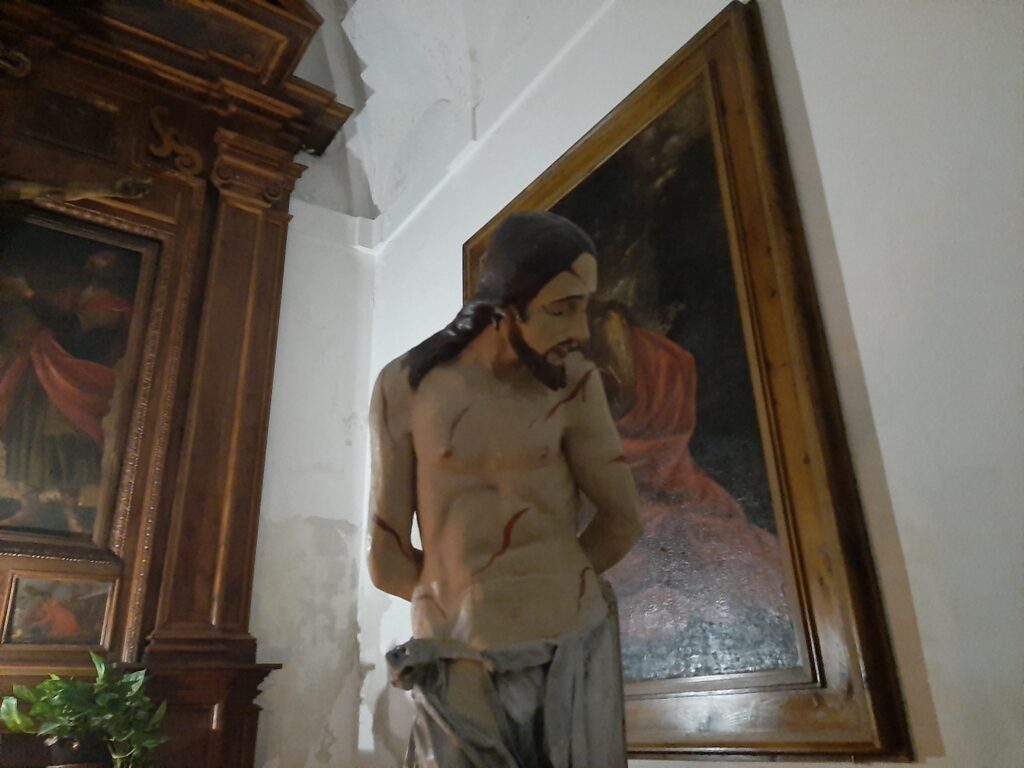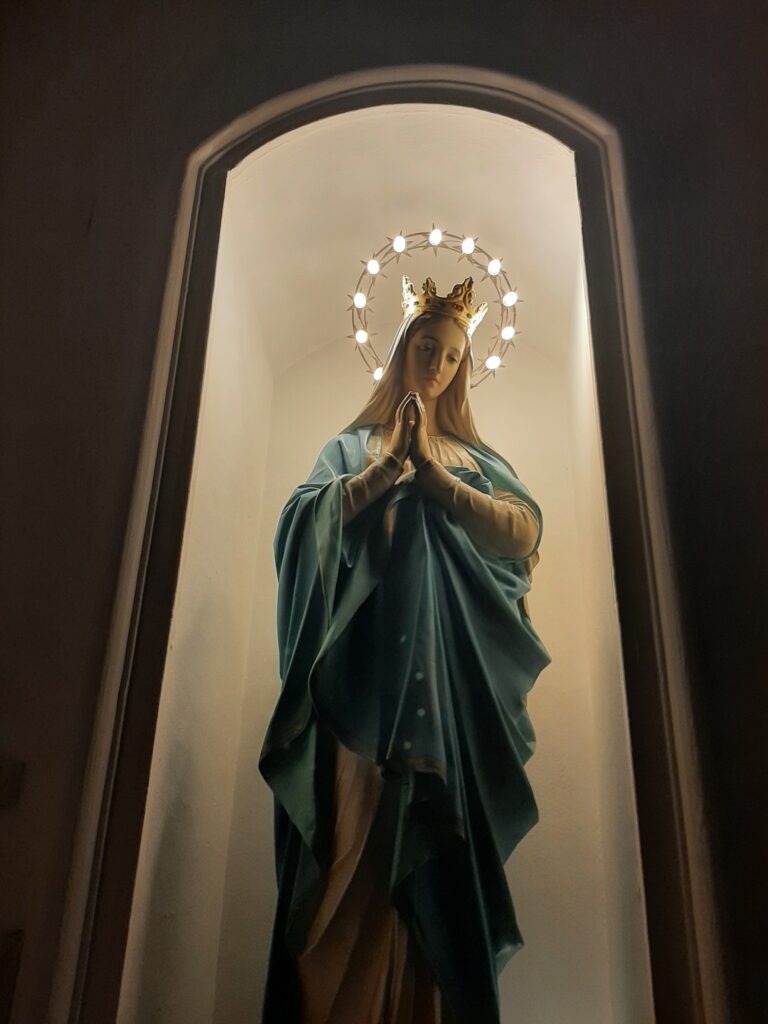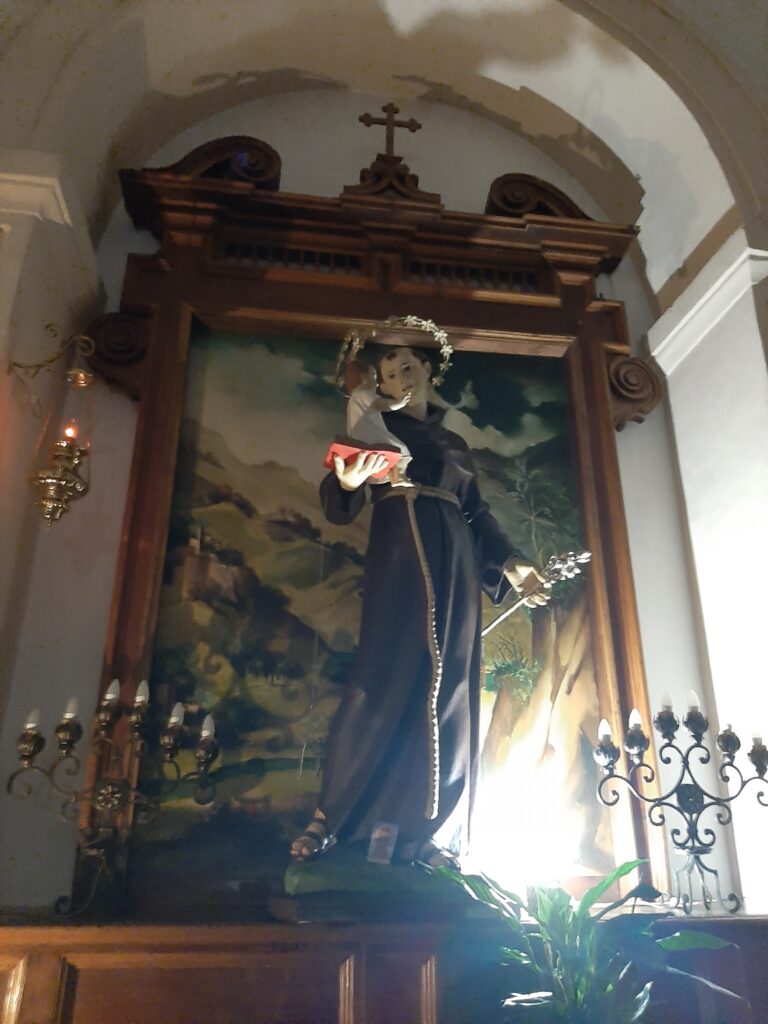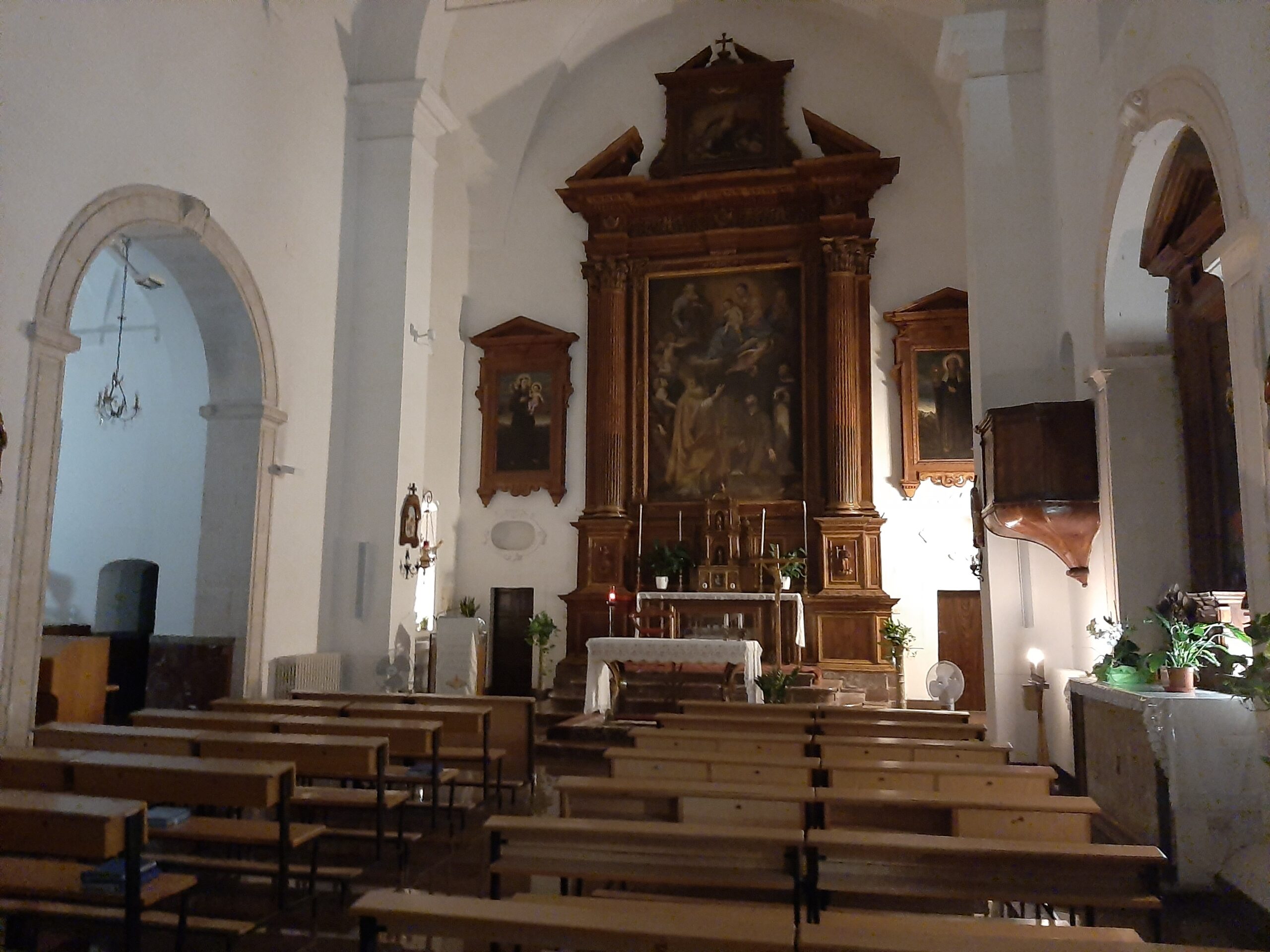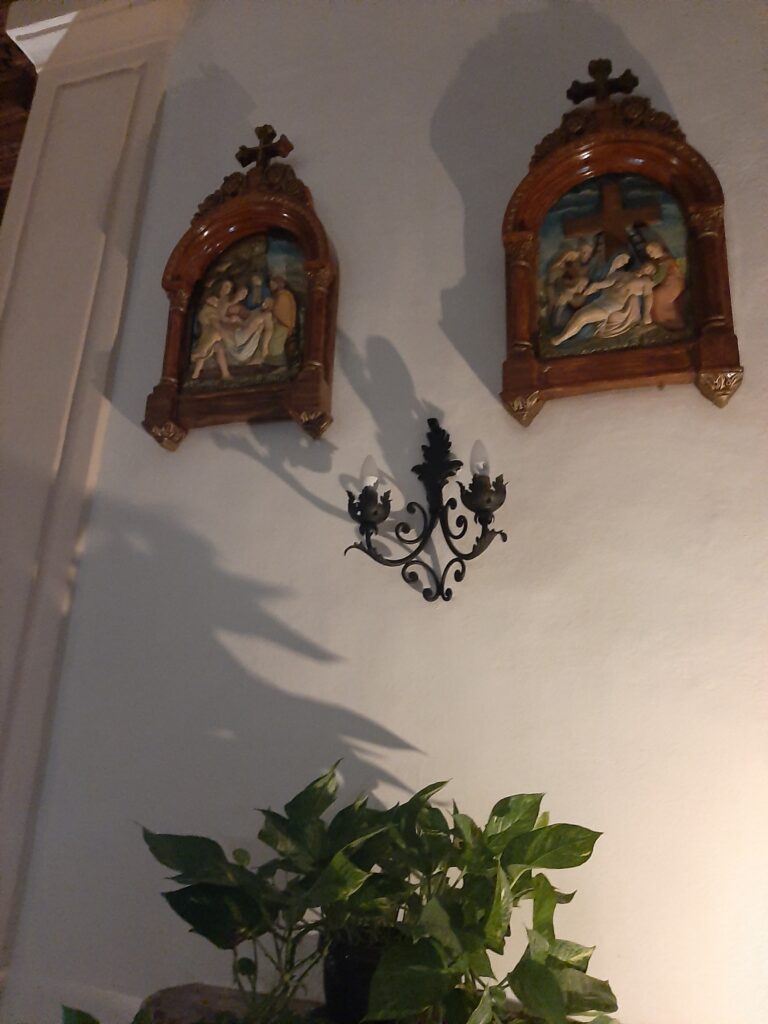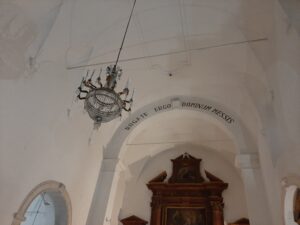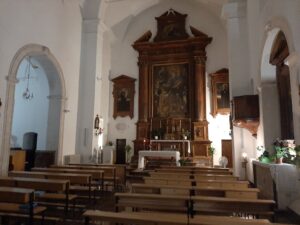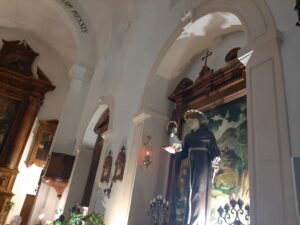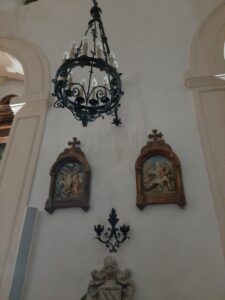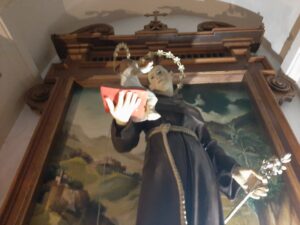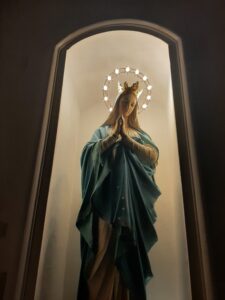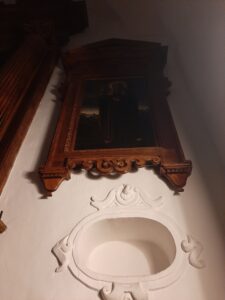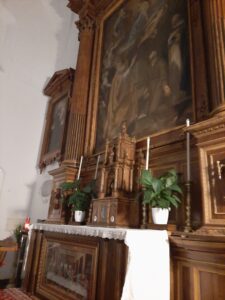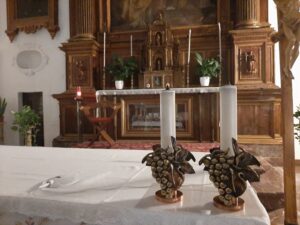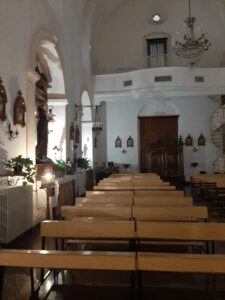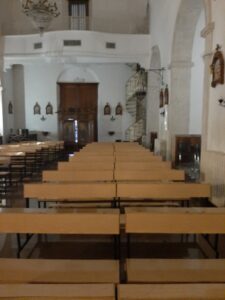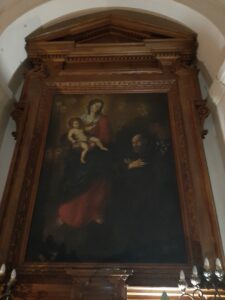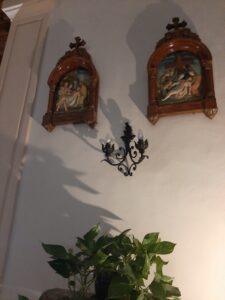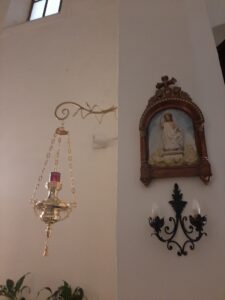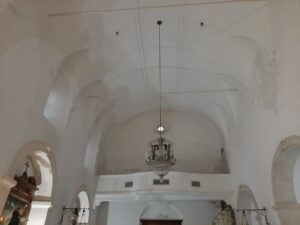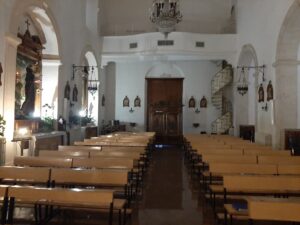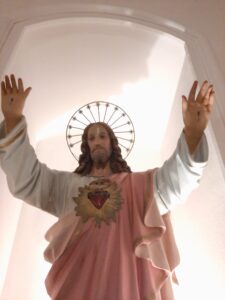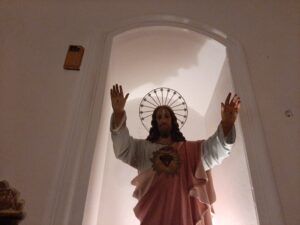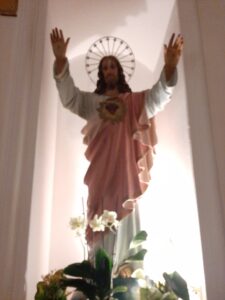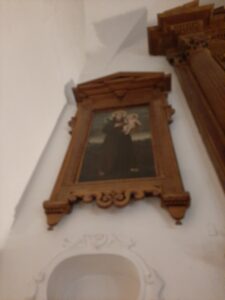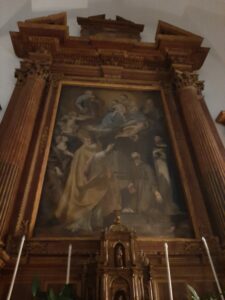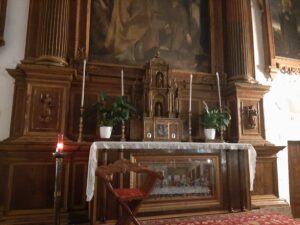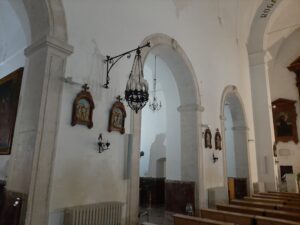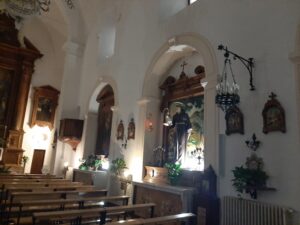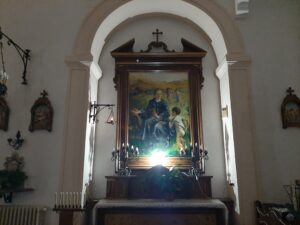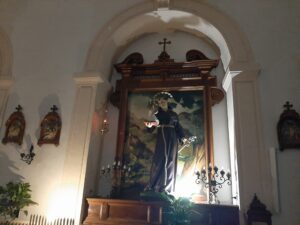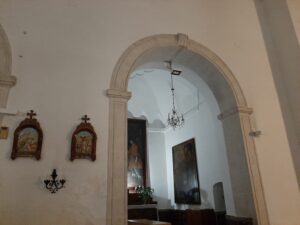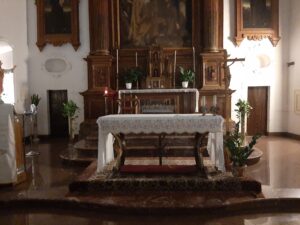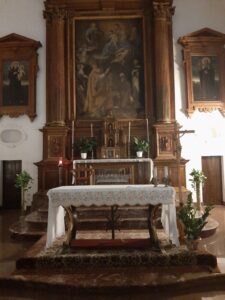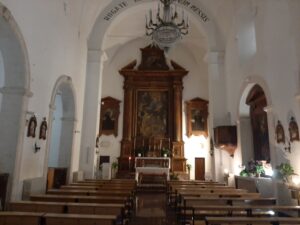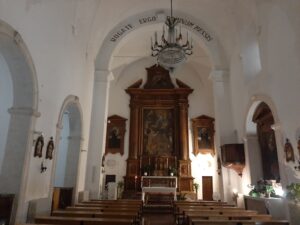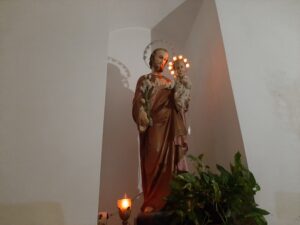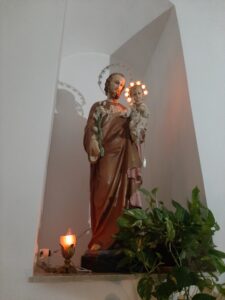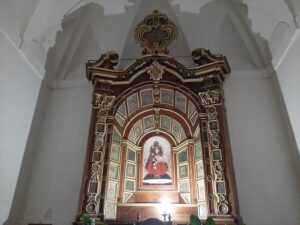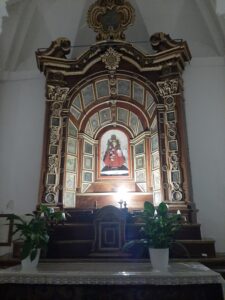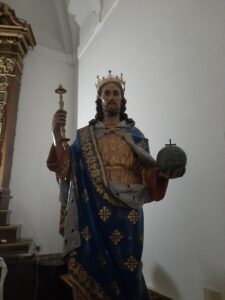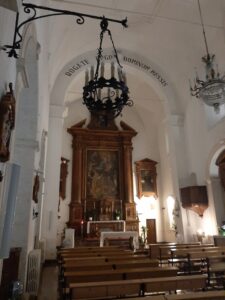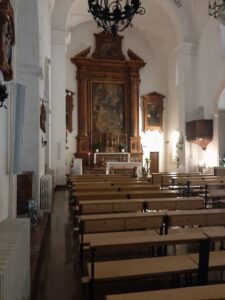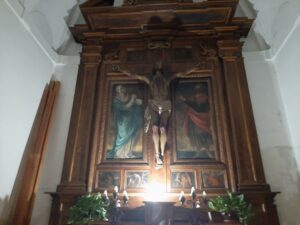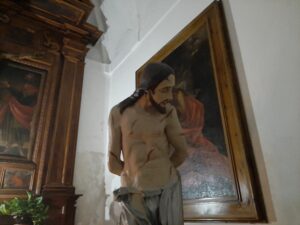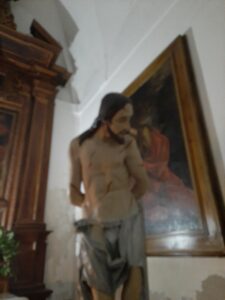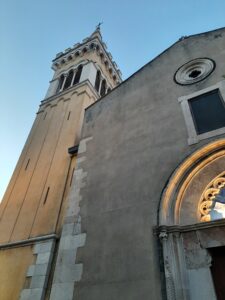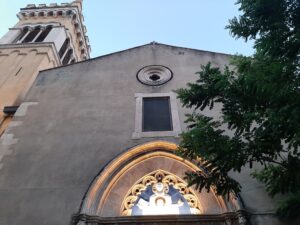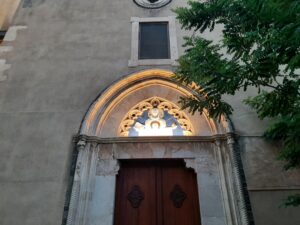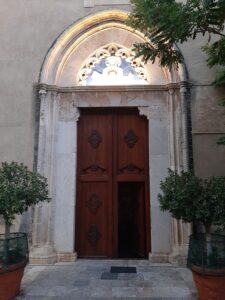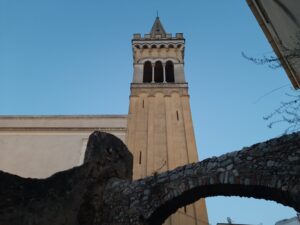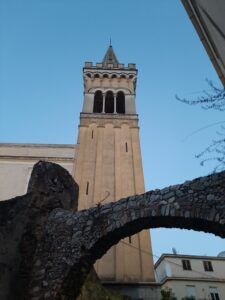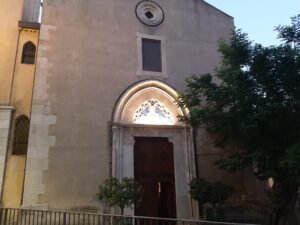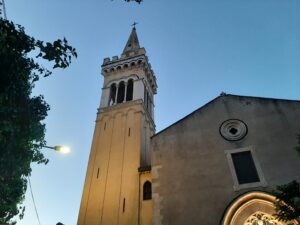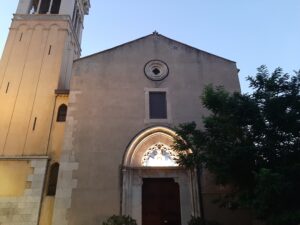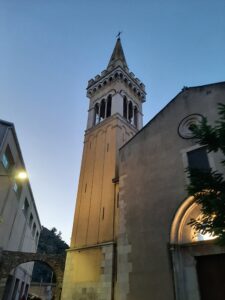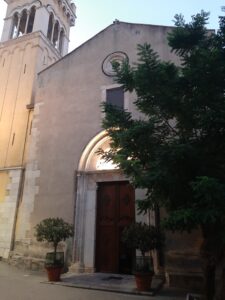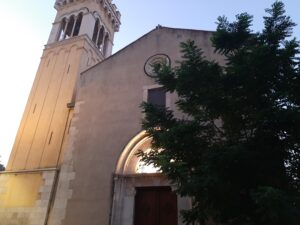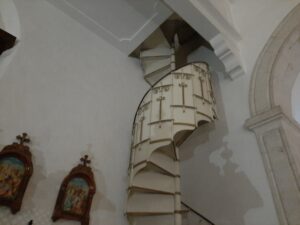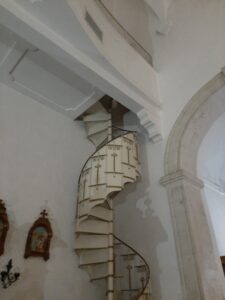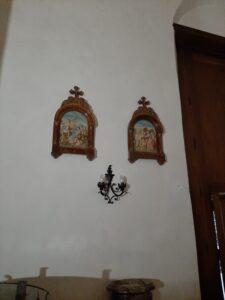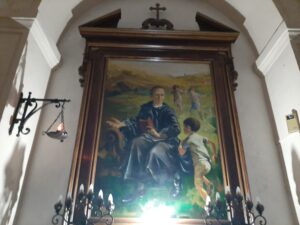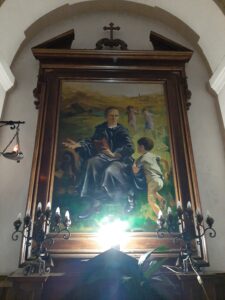Curiosities about the Church of Saint Anthony of Padua in Taormina: Stories, Legends, and Secrets
Taormina, with its timeless charm, hides lesser-known jewels rich in history and tradition. Among them is the Church of Saint Anthony of Padua, a small place of worship that holds fascinating stories and unusual details. Here are some curiosities that make it special.
1. The Church of Sailors and Fishermen
Unlike other churches in Taormina linked to nobility, this was the spiritual refuge of fishermen and port workers. Saint Anthony, protector of the poor and sailors, was particularly venerated by the humble people of Taormina’s fishing village. Even today, during the Saint’s feast day (June 13), local fishermen organize a boat procession along the coast.
2. The “Miracle of the Rain”
A popular legend says that in 1883, during a severe drought, the people of Taormina carried the Saint’s statue in procession to invoke rain. As soon as the statue reached the square, a sudden storm saved the crops. Since then, every year a “mass for the rain” is celebrated in his honor.
3. The Smallest Bell Tower in Taormina
While the Cathedral and the Church of San Giuseppe rise with their imposing bell towers, this church has a tiny bell tower, almost hidden. Some say it was built that way to avoid blocking the view of nearby homes, while others believe it’s a symbol of humility, in line with the Franciscan spirit.
4. The Floor with the “Signatures” of the Faithful
If you look closely at the floor, you’ll see names and dates engraved on some tiles. These are not modern graffiti, but signatures left by the faithful between the 1800s and 1900s, as ex-votos for blessings received. Some are so old they’re almost erased.
5. The Mysterious Painting
Behind the main altar is a 19th-century painting depicting Saint Anthony preaching to the fish. The peculiarity? If you look closely, in the background you can see a sailing ship that resembles Barbary pirate vessels. Some local historians believe it references Saracen raids, a threat still vivid in the Sicilian memory of the time.
6. The “Chapel of Bread”
To the left of the entrance, a small chapel was dedicated to the blessing of bread for the poor. Every Friday, until the 1950s, the neighborhood women brought bread here to distribute to the needy. Today, the tradition survives only during the Saint’s feast, with the distribution of the “panuzzo di Sant’Antonio”, a heart-shaped spiced sweet bread.
7. The Friar’s Ghost
According to an urban legend, the shadow of a Franciscan friar who died in the 1700s roams the pews at night. It’s said he appears to those passing by the church after midnight, asking for prayers for his soul. A story that the older residents of Taormina love to pass on!
Why Is It Worth Visiting?
It’s an authentic corner, far from mass tourism.
It tells the story of a humble Taormina, made of sea tales and simple traditions.
It has curious artistic details, like the pirate ship painting or the floor engravings.
It is tied to traditional feasts that few know about, like the boat procession.

